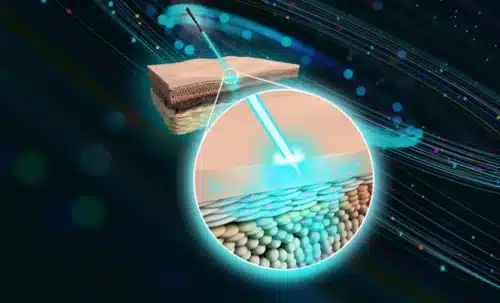Researchers at Bar-Ilan University in Israel introduce a novel technique of using nanodiamonds for delivering medical and cosmetic agents through the skin

A team of researchers integrated the technique of nanotechnology and optics to produce tiny diamond-like particles that are capable of penetrating the skin to deliver medical and cosmetic agents. They also invented a safe laser-bound method to measure the penetration of nanodiamonds into the various layers of the skin and trace their location and concentration in body tissue in a non-invasive manner, this eliminates the need for biopsy.
The skin is the largest and most accessible organ in the human body but the procedure to penetrate deep layers is still undiscovered. Although, drugs such as nicotine patches for smoking cessation can be administered through the skin on the condition of the particles are not larger than 100 nanometers. It was difficult to invent tools for such small particles. It was also hard to trace their exact location to understand if they had reached desired target tissue. The traditional method to obtain this information is invasive and turns out to be painful biopsies.
To overcome these challenges researchers invented this novel technique of using nanodiamonds. These nanodiamonds measure one-millionth of a millimeter in size and are produced by ignition of explosives in a sealed chamber. The high temperature and pressure cause carbon atoms in the explosives to fuse. The nanodiamonds produced in the process are tiny enough to penetrate tissues as well as cells without causing any harm.
“This is a significant development in dermatology and optical engineering,” says Prof. Dror Fixler, director of the Institute for Nanotechnology and Advanced Materials at Bar-Ilan University and a member of the research team. “This could open the door to developing transdermal drugs along with advanced cosmetics using advanced nanotechnology.” Fixler’s research, assisted by researcher Channa Shapira and others, demonstrates the importance of optical innovation in clinical application.
Click here for the Published Research Paper







